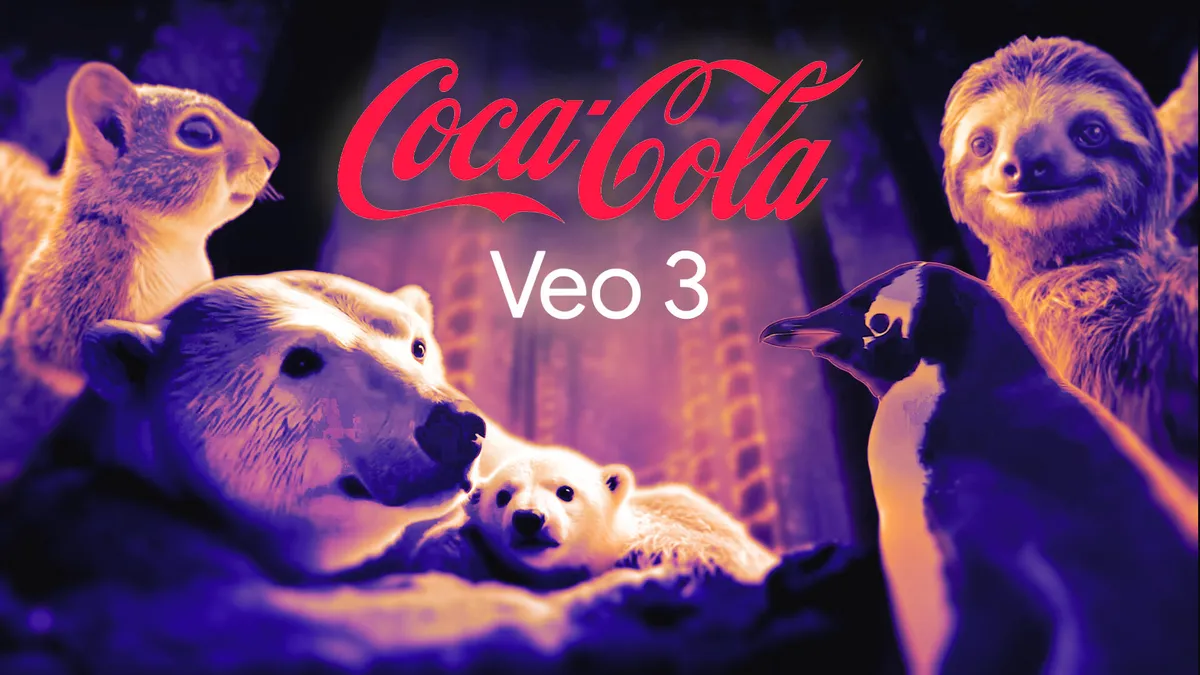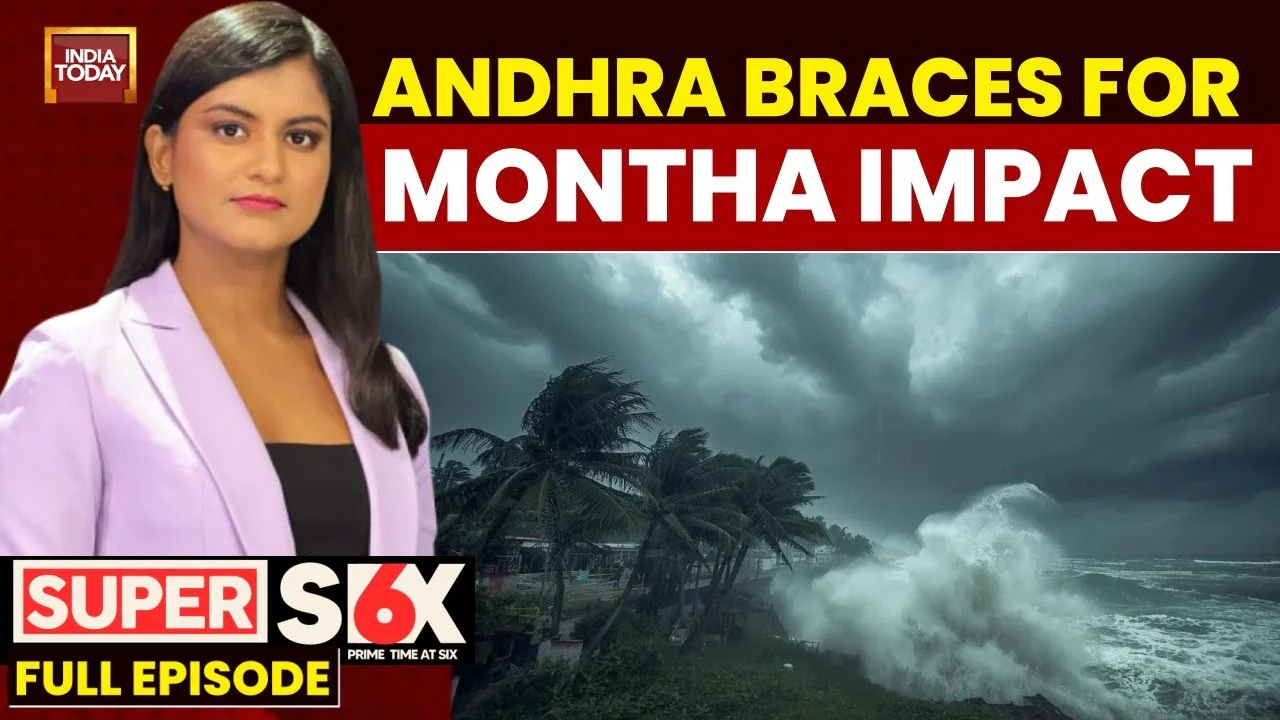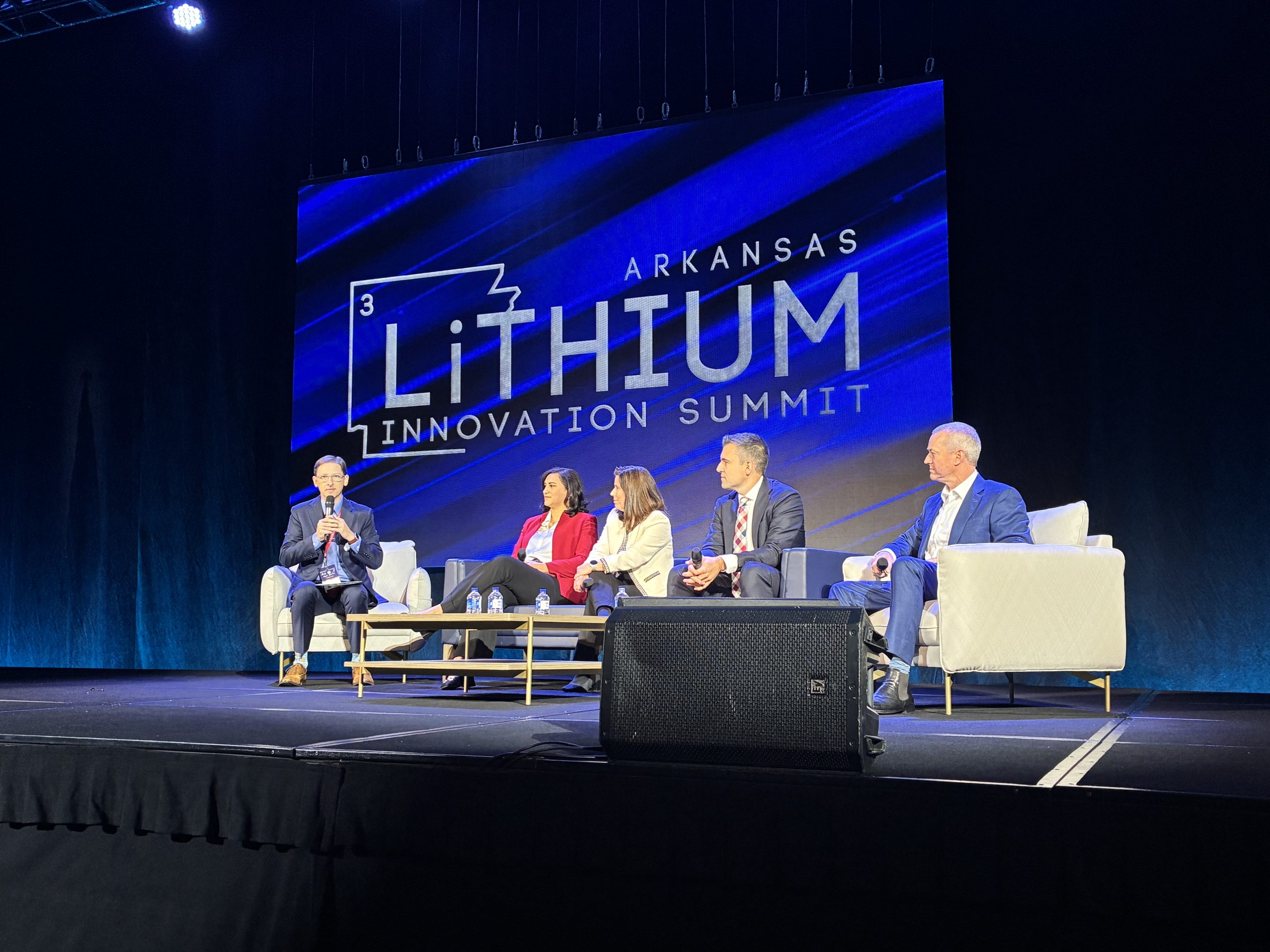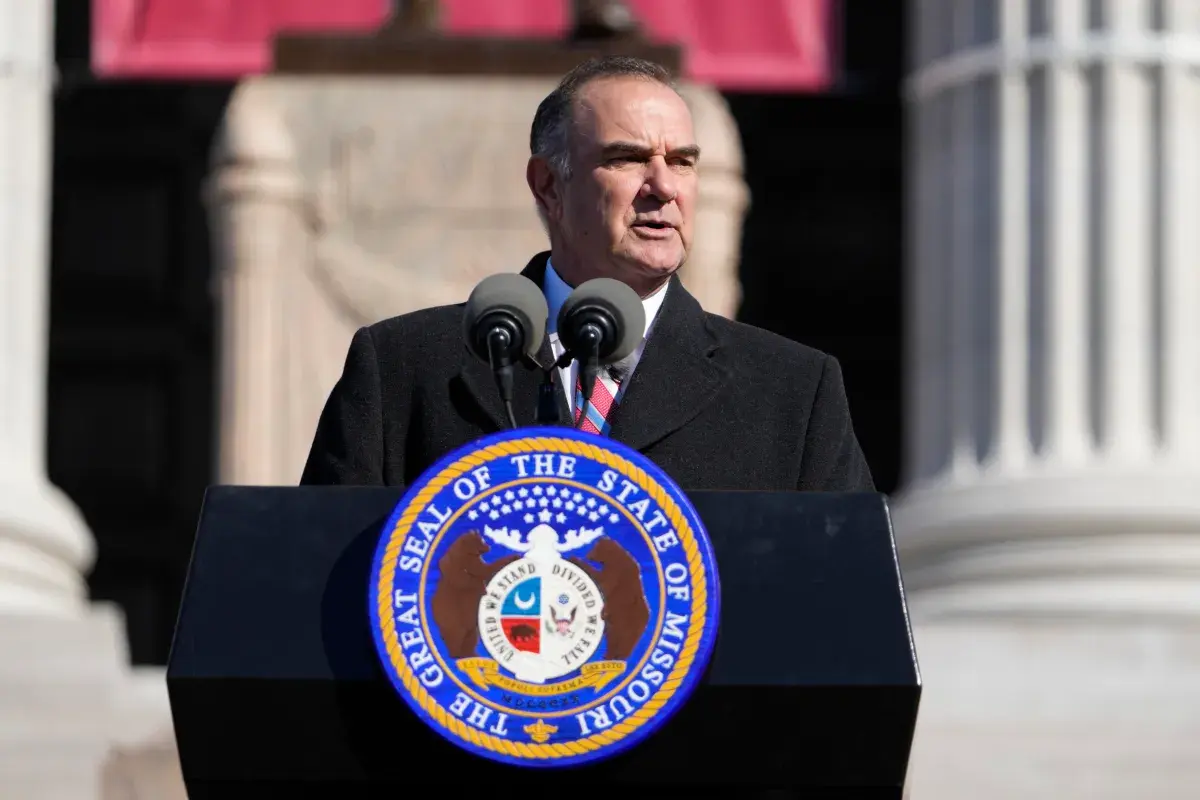Copyright CNET

The holiday season may just be beginning, but hating on AI is always in season. Enter a new holiday-themed ad from Coca-Cola that's provoking blowback for its use of generative AI to bring its scenes to life – or at least, that's what it attempted to do. The commercial is pretty basic. A Coca-Cola truck drives through a wintry landscape and into a snowy town, and forest animals awaken to follow the truck and its soda bottle contents to a lit Christmas tree in a town square. It has a distinctive sheen of AI video generation. If that sounds familiar, it's because Coca-Cola did pretty much the same thing last year with an AI holiday ad that also touched a nerve. The company is proving that it hasn't learned its lesson or won the hearts and minds of its customers over the past year. I'm an AI reporter and an expert in AI creative tools. So I was pretty unsurprised when I saw the ad and the backlash. There has been a surge in creative generative AI tools, especially in the past year, with numerous AI tools built specifically for marketers. They promise to help create content, automate workflows and analyze data. A huge proportion (94%) of marketers have a dedicated AI budget, and three-quarters of them expect that budget to grow, according to Canva's 2025 Marketing and AI report. What did surprise me was that this ad is the one that has people raising their pitchforks and torches. It's so tame. Bland, even. Compared to the uptick of racist, inappropriate and slop-tastic AI-generated content we've seen lately, the Coca-Cola ad is tantalizingly benign. And that's the problem. Don't miss any of our unbiased tech content and lab-based reviews. Add CNET as a preferred Google source. This feel-good, festival commercial manages to hit upon every single controversial issue in AI, which is why it's inspiring such strong reactions from viewers. AI content is becoming -- has already become -- normalized. We can't escape chatbots online and AI slop in our feeds. Coca-Cola using AI in a commercial is yet another sign that companies are plowing ahead with AI without truly considering how we'll react. Like advertisements, AI is inescapable. If AI in advertising is here to stay, it's worth breaking down how it's used and where we, as media consumers, don't want to see it used. And while this is very much not a defense of Coca-Cola or AI, there is at least one thing the company did right with this specific ad. Spotting the AI in Coca-Cola's ad Coca-Cola's "The Holidays Are Coming" ad is actually a remake of its popular 1995 ad by the same name. In a behind-the-scenes video, Coca-Cola breaks down how it was created. It's obvious where AI was used to create the animals. But I'm not sure I believe the company went "pixel by pixel" to create its fuzzy friends. Coca-Cola's AI animals don't look realistic; they look like AI. Their fur has some detail, but those finer elements aren't as defined as they could be. They also aren't consistent across the animal's body. You can see the fur gets less detailed further back on the animal. That kind of detailed work is something AI video generators struggle with, but it's something a (human) animator likely would've caught and corrected. The animals make overexaggerated surprised faces when the truck drives past them, their mouths forming perfect circles. That's another sign of AI. You can see in the behind-the-scenes video that someone clicks through different AI variations of a sea lion's nose, which is a common feature of AI programs. There's also a glimpse of a feature that looks an awful lot like Photoshop's generative fill. Google's Veo video generator was definitely used at least once. The company has been all-in on AI for a while, starting with a 2023 partnership with OpenAI. Even Coca-Cola's advertising agency, Publicis Group, bragged about snatching Coca-Cola's business with an AI-first strategy. It seems clear that the company won't be swayed by its customers' aversion to AI. All I want for Christmas is AI labels There is exactly one thing Coca-Cola got right, and that's the AI disclosure at the beginning of the video. It's one thing to use AI in your content creation; it's entirely another to lie about it. Labels are one of the best tools we have to help everyone who encounters a piece of content decipher whether it's real or AI. Many social media apps let you simply toggle a setting before you post. It's so easy to be clear, yet so many brands and creators don't disclose their AI use because they're afraid of getting hate for it. If you don't want to get hate for using AI, don't use it! But letting people sit and debate about whether you did or didn't is a waste of everyone's time. The very fact that AI-generated content is becoming indistinguishable from real photos and videos is exactly why we need to be extremely clear. It's our collective responsibility as a society to be transparent with how we're using AI. Social media platforms try to flag AI-generated content, but those systems aren't perfect. We should appreciate that Coca-Cola didn't lie to us about this AI-generated content. It's a very, very low bar, but many others don't pass it. (I'm looking at you, Mariah Carey. Just tell us if you used AI in your new holiday ad with Sephora!) AI in advertising In June, Vogue readers were incensed when the US magazine ran a Guess ad featuring an AI-generated model. Models at the time spoke out about how AI was making it harder to get work on campaigns. Eagle-eyed fans caught J.Crew using "AI photography" a month later. Toys R Us made headlines last year when it ran a weird ad with an AI giraffe, though it did share that it was made with an early version of OpenAI's Sora. Something that really stung about the use of AI by Guess and J.Crew is how obvious it was that AI was used in place of real models and photographers. While Coca-Cola and Toys R Us's use of AI was equally clear, the AI animals didn't hit quite the same. As the Toys R Us president put it, "We weren't going to hire a giraffe." Points for honesty? Even so, it's more than likely real humans lost out on jobs in the creation of these AI ads. Coca-Cola's commercial could've been created, and probably improved, if it had used animators, designers and illustrators. Job loss due to AI worries US adults, and people working in creative industries are certainly at risk. It's not because AI image and video generators are ready to wholly replace workers. It's because for businesses, AI's allure of cutting-edge efficiency offers executives an easy rationale. It's exactly what just happened at Amazon as it laid off thousands of workers. It's easy to look at Coca-Cola's AI holiday ad and brush it off as another tone-deaf corporate blunder, especially when there are so many other things to worry about. But in our strange new AI reality, it's important to highlight the quiet moments that normalize this consequential, controversial technology just as much as the breakthrough moments. So this holiday season, I think I'll drink a Pepsi-owned Poppi cranberry fizz soda instead of a Coke Zero.



